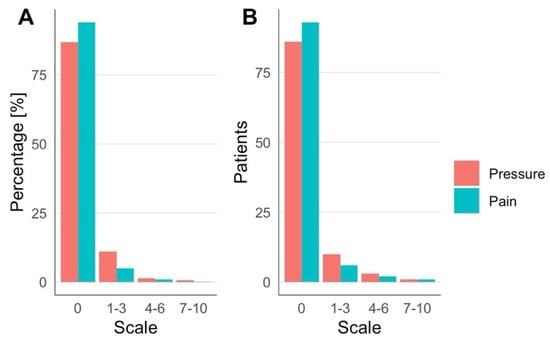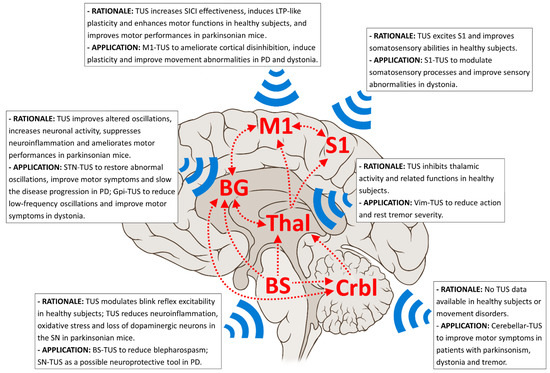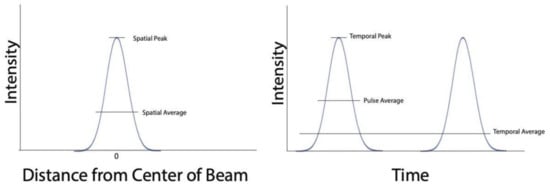Human Ultrasound Neuromodulation: State of the Art
Share This Topical Collection
Editor
 Prof. Dr. Roland Beisteiner
Prof. Dr. Roland Beisteiner
 Prof. Dr. Roland Beisteiner
Prof. Dr. Roland Beisteiner
E-Mail
Website
Collection Editor
Department of Neurology, High Field Magnet Resonance Center, Medical University of Vienna, Spitalgasse 23, A-1090 Vienna, Austria
Interests: clinical functional MRI; functional brain diagnostics; functional brain therapy
Topical Collection Information
Dear Colleagues,
During the last decade, massive progress was made in the field of human neuromodulation in relation to ultrasound. Ultrasound techniques allow unprecedented precision in targeting brain areas. Ultrasound techniques are also the first to allow non-invasive deep brain stimulation. The first clinical data show that novel add-on therapies with ultrasound neuromodulation are possible. The complete field of human-navigated ultrasound brain stimulation represents cutting-edge research. The aim and scope of the collection are to overview state-of-the-art human ultrasound neuromodulation.
Short reviews from different groups working on topics relevant for human ultrasound neuromodulation are welcomed. Reviews should summarize the current state of the laboratory data with respect to neuroscientific and clinical ultrasound neuromodulation.
Prof. Dr. Roland Beisteiner
Collection Editor
Manuscript Submission Information
Manuscripts should be submitted online at www.mdpi.com by registering and logging in to this website. Once you are registered, click here to go to the submission form. Manuscripts can be submitted until the deadline. All submissions that pass pre-check are peer-reviewed. Accepted papers will be published continuously in the journal (as soon as accepted) and will be listed together on the collection website. Research articles, review articles as well as short communications are invited. For planned papers, a title and short abstract (about 100 words) can be sent to the Editorial Office for announcement on this website.
Submitted manuscripts should not have been published previously, nor be under consideration for publication elsewhere (except conference proceedings papers). All manuscripts are thoroughly refereed through a single-blind peer-review process. A guide for authors and other relevant information for submission of manuscripts is available on the Instructions for Authors page. Brain Sciences is an international peer-reviewed open access monthly journal published by MDPI.
Please visit the Instructions for Authors page before submitting a manuscript.
The Article Processing Charge (APC) for publication in this open access journal is 2200 CHF (Swiss Francs).
Submitted papers should be well formatted and use good English. Authors may use MDPI's
English editing service prior to publication or during author revisions.
Keywords
- ultrasound
- focused ultrasound
- transcranial pulse stimulation
- brain stimulation
- neuronavigation
- brain therapy
Published Papers (5 papers)
2022
Open AccessReview
Safety of Clinical Ultrasound Neuromodulation
by
Sonja Radjenovic, Gregor Dörl, Martin Gaal and Roland Beisteiner
Cited by 6 | Viewed by 2150
Abstract
Transcranial ultrasound holds much potential as a safe, non-invasive modality for navigated neuromodulation, with low-intensity focused ultrasound (FUS) and transcranial pulse stimulation (TPS) representing the two main modalities. While neuroscientific and preclinical applications have received much interest, clinical applications are still relatively scarce.
[...] Read more.
Transcranial ultrasound holds much potential as a safe, non-invasive modality for navigated neuromodulation, with low-intensity focused ultrasound (FUS) and transcranial pulse stimulation (TPS) representing the two main modalities. While neuroscientific and preclinical applications have received much interest, clinical applications are still relatively scarce. For safety considerations, the current literature is largely based on guidelines for ultrasound imaging that uses various physical parameters to describe the ultrasound pulse form and expected bioeffects. However, the safety situation for neuromodulation is inherently different. This article provides an overview of relevant ultrasound parameters with a focus on bioeffects relevant for safe clinical applications. Further, a retrospective analysis of safety data for clinical TPS applications in patients is presented.
Full article
►▼
Show Figures
Open AccessReview
Ultrasound-Mediated Bioeffects in Senescent Mice and Alzheimer’s Mouse Models
by
Matilde Balbi, Daniel G. Blackmore, Pranesh Padmanabhan and Jürgen Götz
Cited by 3 | Viewed by 3402
Abstract
Ultrasound is routinely used for a wide range of diagnostic imaging applications. However, given that ultrasound can operate over a wide range of parameters that can all be modulated, its applicability extends far beyond the bioimaging field. In fact, the modality has emerged
[...] Read more.
Ultrasound is routinely used for a wide range of diagnostic imaging applications. However, given that ultrasound can operate over a wide range of parameters that can all be modulated, its applicability extends far beyond the bioimaging field. In fact, the modality has emerged as a hybrid technology that effectively assists drug delivery by transiently opening the blood–brain barrier (BBB) when combined with intravenously injected microbubbles, and facilitates neuromodulation. Studies in aged mice contributed to an insight into how low-intensity ultrasound brings about its neuromodulatory effects, including increased synaptic plasticity and improved cognitive functions, with a potential role for neurogenesis and the modulation of NMDA receptor-mediated neuronal signalling. This work is complemented by studies in mouse models of Alzheimer’s disease (AD), a form of pathological ageing. Here, ultrasound was mainly employed as a BBB-opening tool that clears protein aggregates via microglial activation and neuronal autophagy, thereby restoring cognition. We discuss the currently available ultrasound approaches and how studies in senescent mice are relevant for AD and can accelerate the application of low-intensity ultrasound in the clinic.
Full article
►▼
Show Figures
Open AccessFeature PaperReview
Low-Intensity Transcranial Ultrasound Stimulation: Mechanisms of Action and Rationale for Future Applications in Movement Disorders
by
Andrea Guerra and Matteo Bologna
Cited by 3 | Viewed by 4630
Abstract
Low-intensity transcranial ultrasound stimulation (TUS) is a novel non-invasive brain stimulation technique that uses acoustic energy to induce changes in neuronal activity. However, although low-intensity TUS is a promising neuromodulation tool, it has been poorly studied as compared to other methods, i.e., transcranial
[...] Read more.
Low-intensity transcranial ultrasound stimulation (TUS) is a novel non-invasive brain stimulation technique that uses acoustic energy to induce changes in neuronal activity. However, although low-intensity TUS is a promising neuromodulation tool, it has been poorly studied as compared to other methods, i.e., transcranial magnetic and electrical stimulation. In this article, we first focus on experimental studies in animals and humans aimed at explaining its mechanisms of action. We then highlight possible applications of TUS in movement disorders, particularly in patients with parkinsonism, dystonia, and tremor. Finally, we highlight the knowledge gaps and possible limitations that currently limit potential TUS applications in movement disorders. Clarifying the potential role of TUS in movement disorders may further promote studies with therapeutic perspectives in this field.
Full article
►▼
Show Figures
Open AccessEditorial
Human Ultrasound Neuromodulation: State of the Art
by
Roland Beisteiner
Cited by 4 | Viewed by 1872
Abstract
The first human applications of ultrasound in medicine date back to 1939, when Reimar Pohlmann (Berlin, Germany) published data on therapy of neuralgia with ultrasound [...]
Full article
Open AccessReview
Focusing in on the Future of Focused Ultrasound as a Translational Tool
by
Norman M. Spivak, Joseph L. Sanguinetti and Martin M. Monti
Cited by 5 | Viewed by 3850
Abstract
This article summarizes the field of focused ultrasound for use in neuromodulation and discusses different ways of targeting, delivering, and validating focused ultrasound. A discussion is focused on parameter space and different ongoing theories of ultrasonic neuromodulation. Current and future applications of the
[...] Read more.
This article summarizes the field of focused ultrasound for use in neuromodulation and discusses different ways of targeting, delivering, and validating focused ultrasound. A discussion is focused on parameter space and different ongoing theories of ultrasonic neuromodulation. Current and future applications of the technique are discussed.
Full article
►▼
Show Figures










